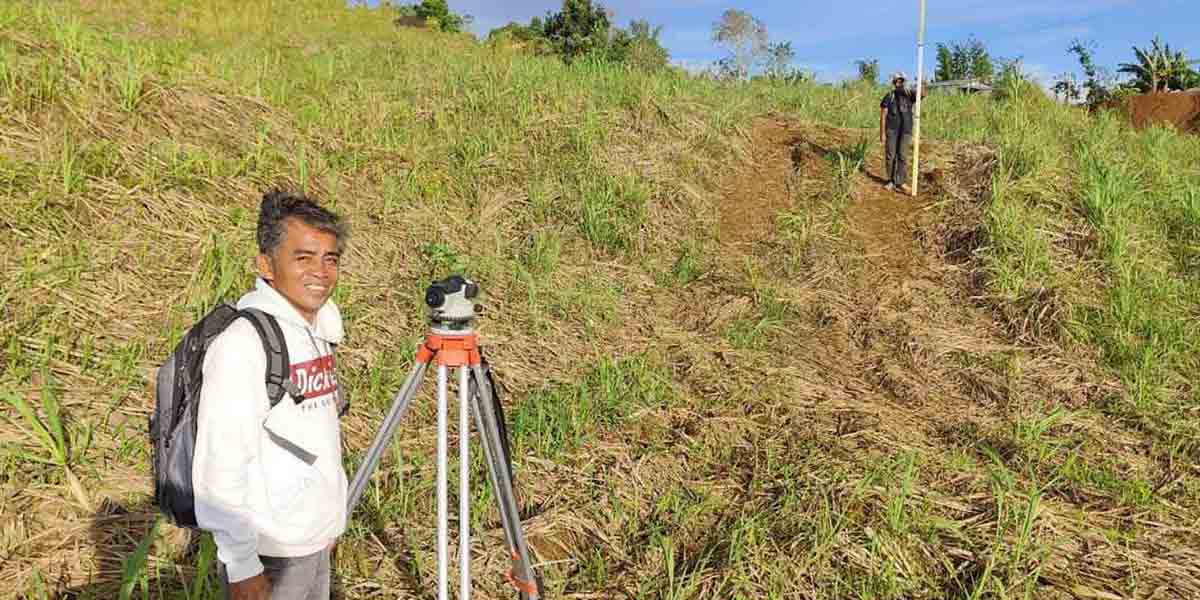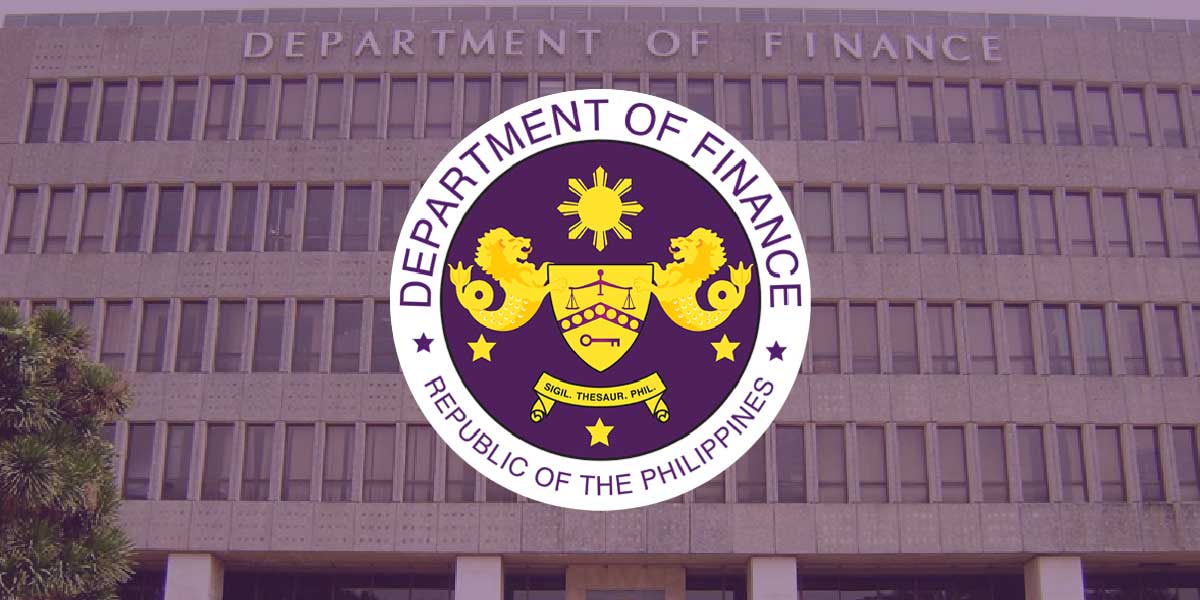
By Francis Allan L. Angelo
The Philippines has set ambitious climate goals under its Nationally Determined Contributions (NDCs), committing to a 75% reduction in greenhouse gas (GHG) emissions by 2030.
The bold move was the focal point of an online forum organized by Climate Tracker Asia and the Oscar M. Lopez Center on January 22, 2025, which brought together experts to discuss challenges and opportunities in achieving these targets.
The forum emphasized the importance of a multi-sectoral approach to reducing emissions and building resilience against climate change.
Key insights from the Philippine Climate Change Assessment (PhilCCA) were presented, with discussions centering on mitigation pathways, sectoral emissions, and international cooperation.
Arnold Grant Belver, Deputy Chief of the Policy Research and Development Division at the Climate Change Commission (CCC), reiterated the Philippines’ ambitious framework for achieving its NDC targets.
“Despite contributing minimally to global emissions, our NDC reflects a strong commitment to the Paris Agreement’s 1.5°C target,” Belver said.
The Philippines’ NDC seeks to achieve a 75% reduction in GHG emissions by 2030, with 2.71% being unconditional and the remaining 72.29% reliant on international support, including climate finance, technology transfer, and capacity building.
Achieving these goals requires substantial investment. The NDC Implementation Plan estimates a total cost of $72 billion (approximately PHP 4 trillion), with energy and transport sectors accounting for 97% of funding needs.
Key measures include boosting energy efficiency, expanding wastewater treatment facilities, and greening public utility vehicles.
Belver highlighted the importance of just transitions, gender inclusion, and local government engagement. He also mentioned the establishment of a Development Partners Coordination Group (DPCG), co-led by the CCC and the Department of Environment and Natural Resources (DENR), to mobilize international support.
Sectoral Contributions to Emissions
Leandro Buendia, an international climate change consultant and a member of the CCC’s National Panel of Technical Experts, shared a breakdown of the Philippines’ GHG inventory.
In 2020, the energy sector was the largest emitter, accounting for 57% of total emissions, driven largely by coal-dependent power generation.
Transport emerged as the second-largest contributor, with road vehicles and inefficient public transit systems exacerbating emissions.
Agriculture ranked third, with methane emissions from rice cultivation and livestock representing a significant portion.
Methane from irrigated rice fields accounted for 50% of agricultural emissions, underscoring the need for improved water management practices.
The waste sector contributed 13% of emissions, mainly from landfills and wastewater treatment facilities.
Decarbonization Strategies and Nature-Based Solutions
Agnes De Jesus, Chief Sustainability Officer of First Philippine Holdings Corporation, outlined a roadmap for decarbonization, focusing on energy transition, agricultural reforms, and nature-based solutions.
“Coal will be replaced by solar, but natural gas will remain essential as a transition fuel,” she explained.
De Jesus highlighted the need for renewable energy to account for 35% of the energy mix by 2030.
She emphasized the role of innovations like energy-efficient technologies, smart grids, and battery storage in driving the transition.
Nature-based solutions, particularly blue carbon projects, emerged as a key focus. Blue carbon refers to carbon stored in marine ecosystems such as mangroves and seagrasses.
“A mangrove tree absorbs four to seven times more carbon than terrestrial forests,” De Jesus noted.
These ecosystems not only sequester significant amounts of carbon but also provide critical protection for coastal communities against storm surges and erosion.
Efforts to quantify blue carbon’s contributions to GHG reductions are underway.
The Role of Local Governments
Local government units (LGUs) play a pivotal role in achieving NDC targets. Buendia stressed the importance of localized GHG inventories to guide climate action plans.
Pilot projects, such as those in Ormoc, have shown the potential of community-led initiatives in identifying emission hotspots and implementing targeted mitigation measures.
“The challenge lies in capacity and funding,” Buendia admitted. Partnerships with the private sector and civil society organizations (CSOs) are essential to overcoming these barriers.
The Akong Bukas movement, a CSO-led initiative, is training communities to calculate their carbon footprints and integrate these insights into local development plans.
Funding, Policy, Behavior
Despite significant policy advancements, funding remains a major hurdle for NDC implementation.
Belver revealed that the $72 billion estimate is only part of the total cost, noting that the country requires an additional $21.57 trillion to fully meet its targets.
Innovative financing mechanisms, such as green investments, carbon trading, and emissions pricing, are being explored.
The private sector’s role in scaling climate-friendly technologies, such as electric vehicles and renewable energy systems, is critical to achieving the NDC goals.
Behavioral change is also essential for reducing emissions.
De Jesus noted that individual and community actions, supported by effective policies, could contribute to emission reductions of up to 70%.
Encouraging responsible energy consumption, waste management, and climate-smart agricultural practices are key components of this strategy.
Global Implications and Partnerships
The Philippines’ climate commitment comes at a time of shifting global dynamics.
The potential withdrawal of the United States from the Paris Agreement was discussed as a challenge to international climate financing. Despite this, panelists expressed optimism.
“The U.S. withdrawal is a setback, but it highlights the importance of self-reliance and regional partnerships,” De Jesus remarked.
She cited Europe’s leadership in renewable energy and sustainable development as a counterbalance to global policy shifts.
Panelists emphasized the crucial role of the media in bridging the gap between climate policies and public engagement.
“Every one of us should be a climate reporter now,” De Jesus said.
Journalists were encouraged to amplify success stories, hold stakeholders accountable, and inspire action through their reporting.
By amplifying success stories and holding stakeholders accountable, media can catalyze broader societal change.






















